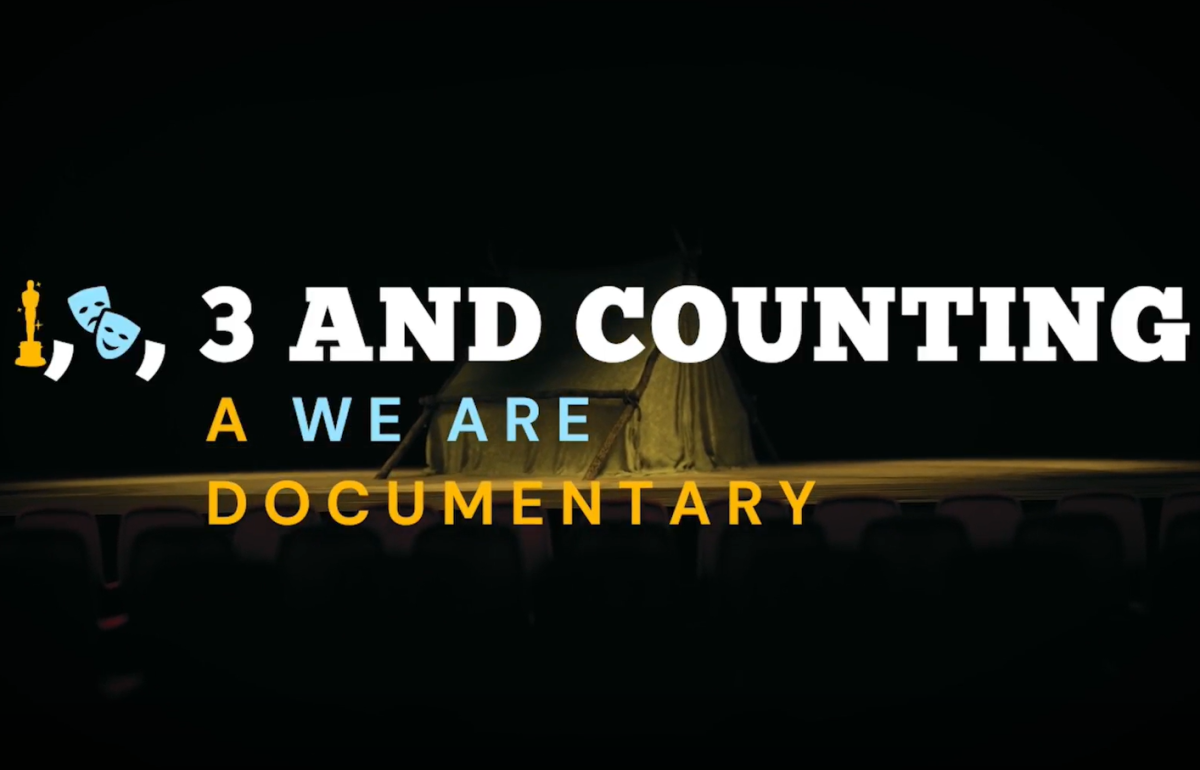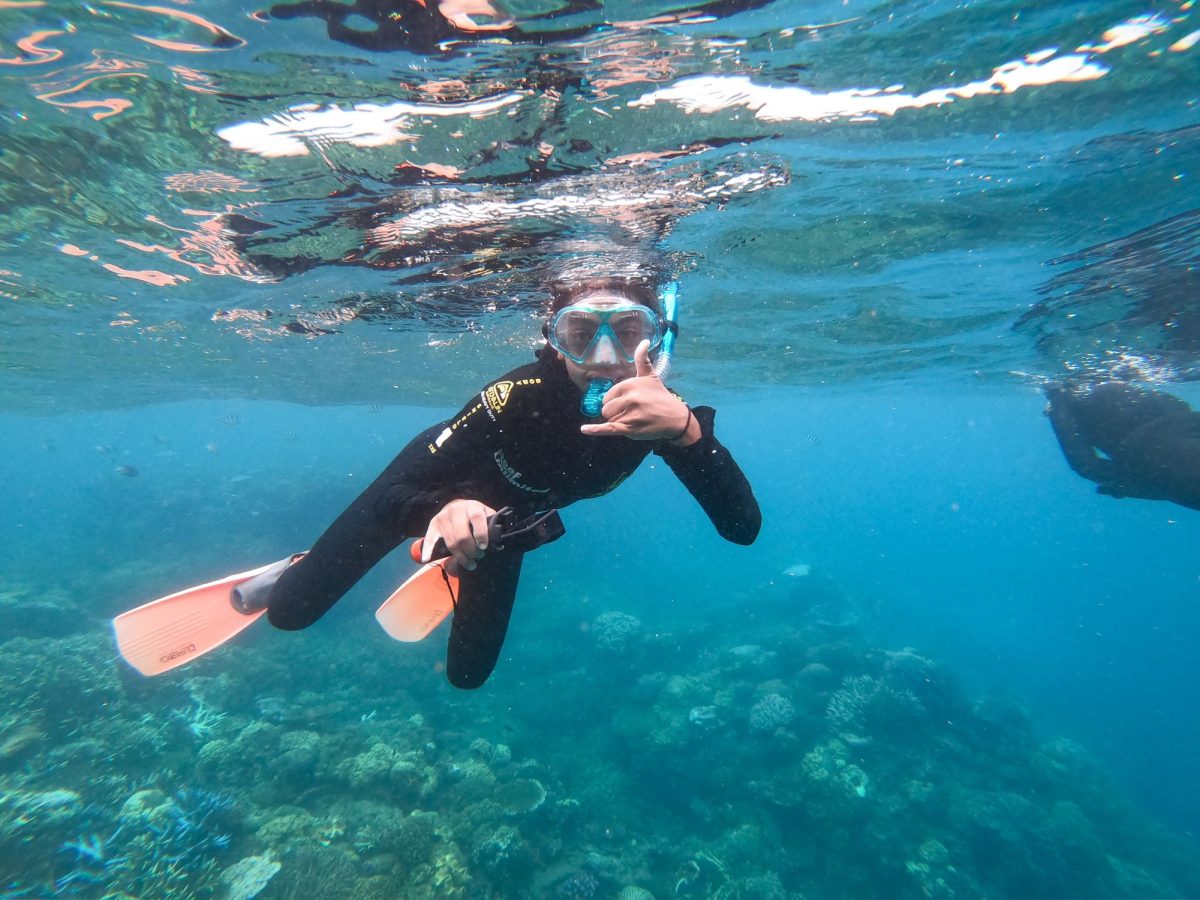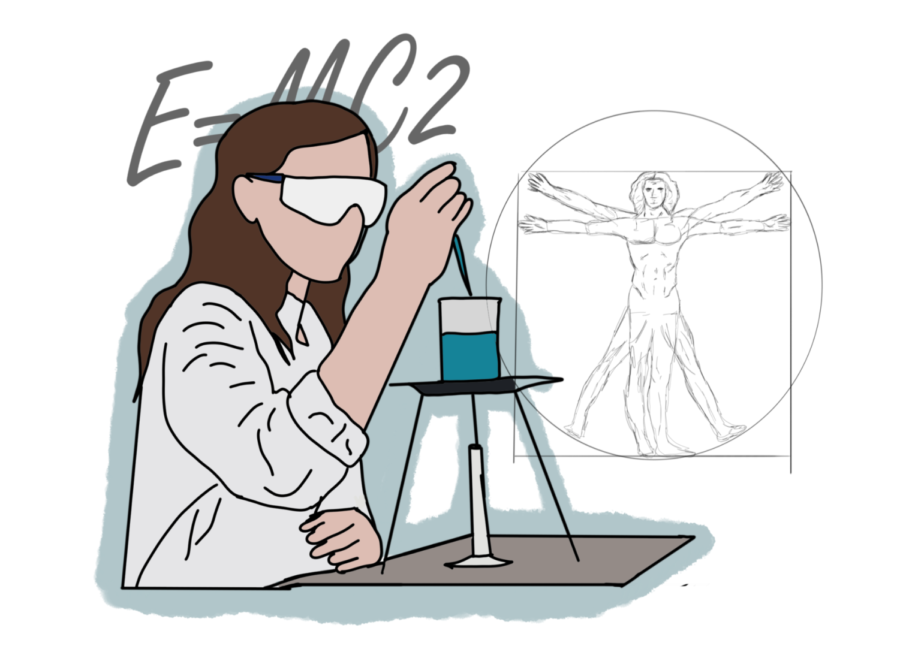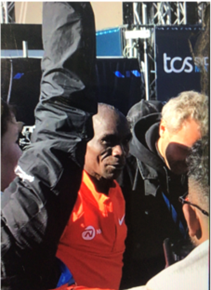Acing a Scientific Report
June 15, 2022
Over the last couple of years, I have written my fair share of scientific reports, and I must admit … they were pretty boring. Nonetheless, scientific reports are a crucial part of the scientific process, yet, are often a hard skill to get good at.
A scientific report must include: a title, aim for your experiment, hypothesis, background research, a method, results, discussion, and a conclusion. That’s really all you need! It’s simple – but not always easy…
You have to explain your experiment and process in a way that allows the marker to understand your scientific method, and understanding. So, how are you supposed to do this? Of course you will get better with practice, but here are some general rules and techniques for your writing:
- Use past-tense
- Make sure your headings and subheadings are clear (bolded and/or underlined)
- Use pencil to draw graphs and diagrams, using simple and clear lines
- Use a passive voice – you shouldn’t have too much opinion in a scientific document
Let’s go into a little more depth as to how to best approach each section:
- The title – A title should be short and sweet; it should encapsulate your process in a couple of words
- The introduction – This should be a brief paragraph on the context of the experiment.
- Aim – The aim should identify the purpose of your experiment and what is going to be tested in the experiment.
- Hypothesis – A hypothesis is just what you think will happen in the experiment – use the background information to be as clear as possible.
- Risk assessment – Identify the risks of the experiment, (try to at least come up with 3) Also add in the type of harm it can cause. E.g. scissors (the hazard), can cause cuts on the skin, which can be prevented by ensuring they arent thrown around, or used unsafely.
- Method – A method has multiple parts:
-
- The materials used in the experiment.
- Steps of what you did in the experiment.
- (Optional) A diagram of what your experiment looked like.
- Results – This is where you finally write the results of your experiment. In this section you should have a table of results and 1-2 graphs that visually display your findings. When drawing a graph, you should use a pencil and a ruler.
- Discussion – The discussion is where you analyze your results and identify any outliers. When writing the results make sure to:
-
- Identify trends and patterns in your data.
- Explain validity (how well you have addressed your aim, and how you have controlled variables), reliability (number of trials and uniformity of results), and accuracy (how close your results were to the expected value).
- Possible improvements to the experiment
Conclusion – Explain whether your aim was achieved, and if your hypothesis was supported.
So, there you go! Hopefully this article will help you to ace your next scientific report!













